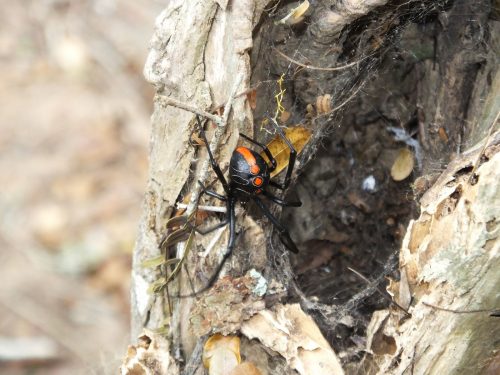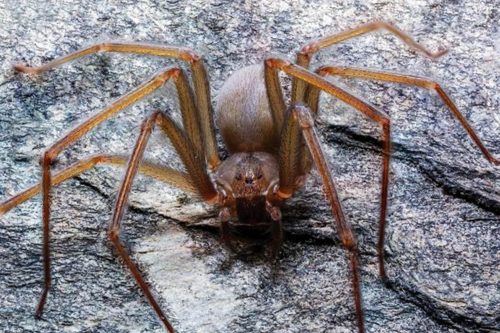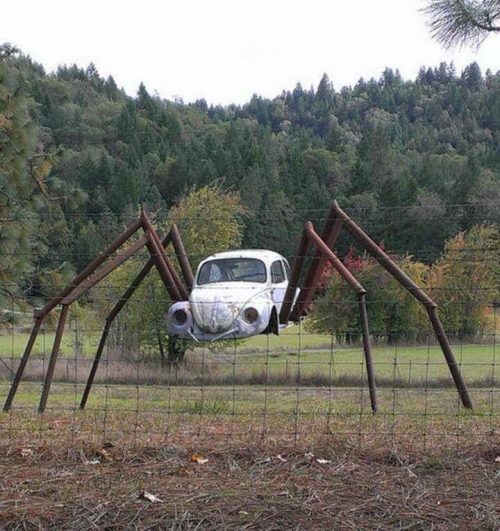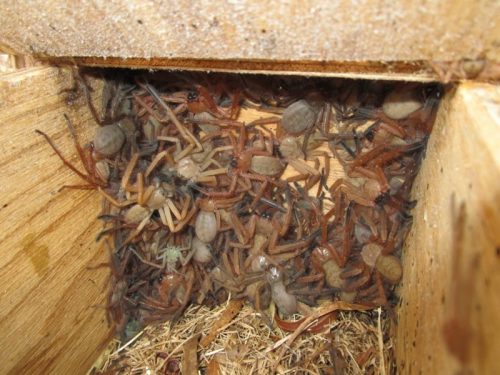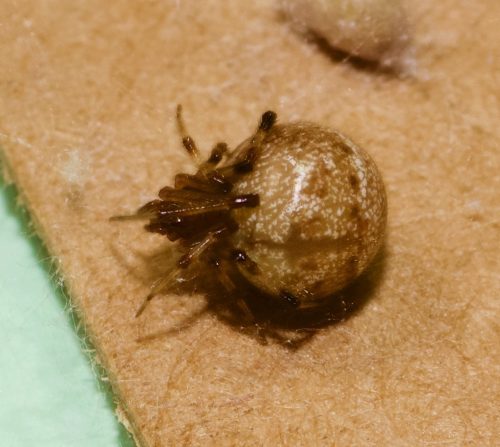I played hooky last year, taking two semesters off (at half-pay, ouch) for this thing called a sabbatical. As it turns out, my university expects me to justify and explain myself and tell them what I did with my lazy time off, and I guess it’s not enough to fire off a quick note saying that I was playing with spiders. So now today I’m late for the division holiday party because I had to hammer out a longer rationalization. OK, sure, so I include it here, too, as well as mailing it off to my dean and division chair.


